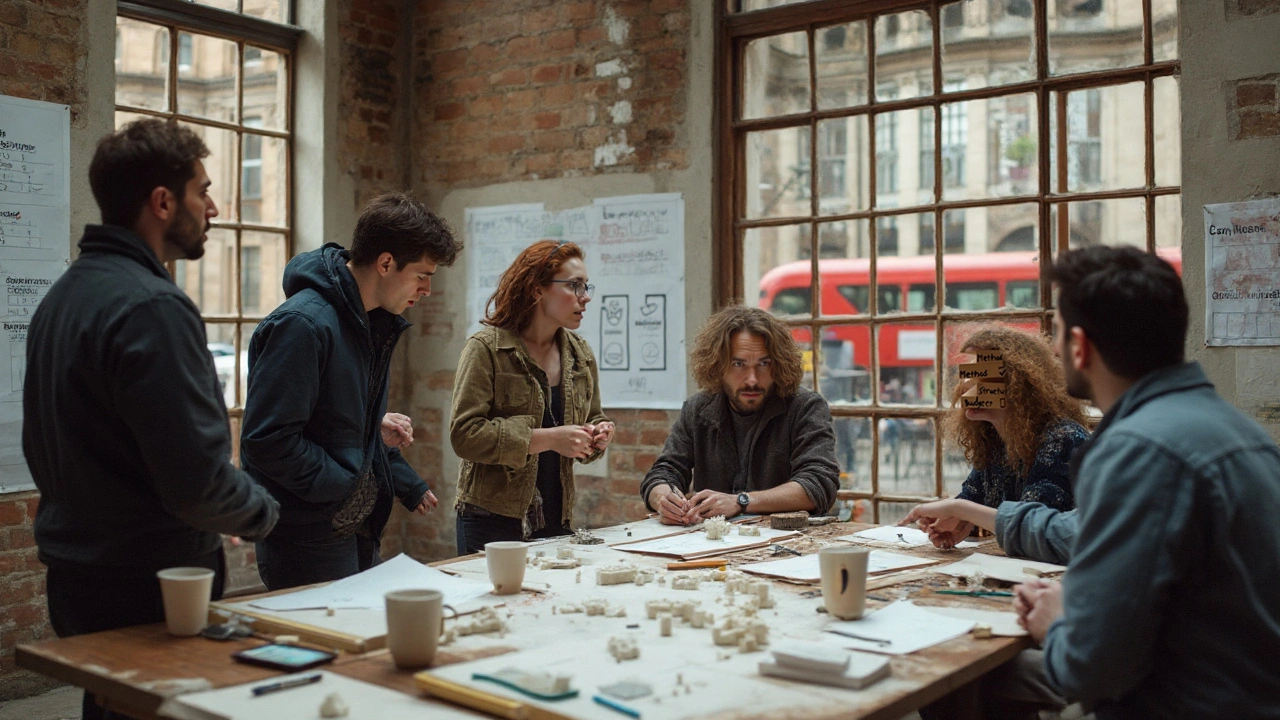Macklowe Art & Architecture - Page 4
Gothic Revival Architecture Explained: History, Features, and Iconic Examples
A clear, engaging guide to Gothic Revival architecture-its origins, key features, big names, and landmark examples-plus how to spot it and tell it from the medieval Gothic.
Read more
How Renaissance Architecture Shapes Modern Design and Cities Today
What survives from Renaissance architecture today? Clear principles, modern examples, and a cheat sheet to spot it in buildings, squares, and skylines.
Read more
Pushing the Envelope with Deconstructivism: Design, Structure, and Cost
A clear, practical guide to pushing deconstructivism beyond sculpture-covering design methods, structure, budget, and buildability, with examples and checklists.
Read more
Reviving the Renaissance: How Renaissance Architecture Shapes Modern Design Today
A clear, practical guide to how Renaissance ideas-proportion, symmetry, order-shape modern architecture, with examples, checklists, and step-by-step tips.
Read more
Minimalism Guide: Declutter, Simplify, and Make Room for What Matters
A practical minimalism guide to declutter, simplify, and focus on what matters. Clear steps, checklists, examples, and FAQs for home, digital life, and habits.
Read more
High-Tech Architecture: How Smart Design Is Transforming Homes in 2025
Not sci-fi-high-tech architecture is here. See what it means, what to buy first, real costs, energy savings, privacy risks, and a step-by-step plan you can actually use.
Read more
Ancient Roman Architecture: Power, Prestige, and Engineering That Built an Empire
How Rome used architecture to project power and solve real problems. Learn the tech, the symbols, and how to read Roman buildings in minutes.
Read more
Revivalism in Graphic Design: Why Nostalgia Works and How to Use It
Why nostalgic design keeps winning, which eras to borrow from, and how to apply them without looking dated. Practical steps, style recipes, pitfalls, and a quick checklist.
Read more
What Is Neo‑Futurism? Principles, Examples, and a Practical Design Guide for 2025
Clear guide to Neo-Futurism in 2025: core principles, real examples, actionable steps, metrics, and a checklist for architects, planners, and curious readers.
Read more
Unseen Beauty of American Craftsman Homes: Guide to Details & Restoration
Discover the quiet magic of American Craftsman homes-how to spot authentic details, restore them with care, choose colors, and live beautifully with historic character.
Read more